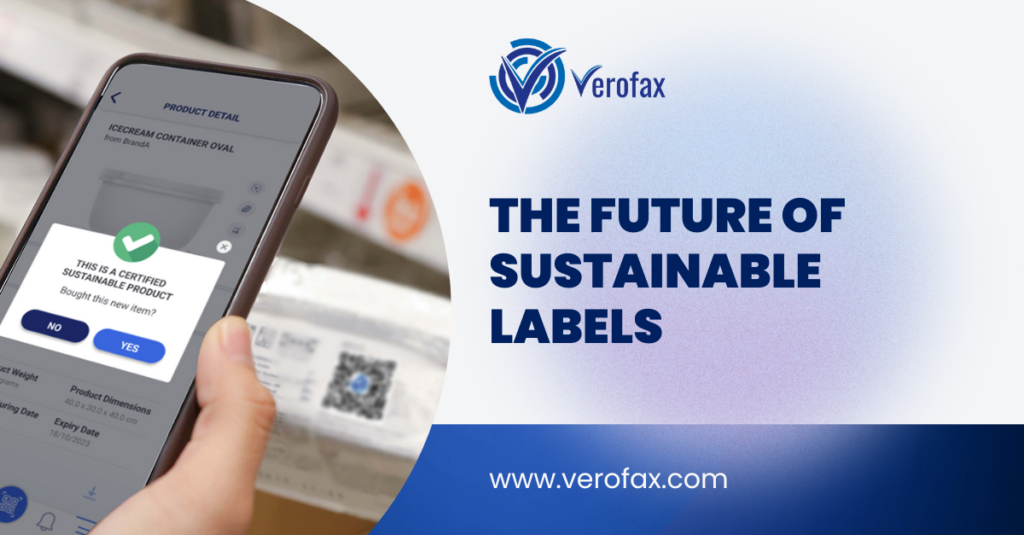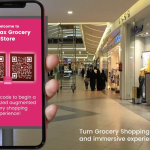In a landmark move, France recently enacted a regulation requiring clothing items to carry labels detailing their precise climate impact. While this regulation reflects an important step towards greater transparency and sustainability in the fashion industry, it presents a significant challenge due to the complexity of measuring a garment’s environmental footprint.
That’s because measuring the environmental impact of a garment is a multifaceted task. It involves considering various stages, such as raw material extraction, sourcing, manufacturing, transportation, and even consumer usage. Each stage contributes differently to a product’s overall climate impact. For example, the choice of raw materials and their sourcing determines factors like water usage, land degradation, and pesticide application. The dyeing process and color choice can lead to water pollution and chemical waste. Additionally, the distance a product travels and the energy sources used in manufacturing also significantly impact its carbon footprint.
It is now up to each clothing brand in France to figure this out for each of their products, though they will have guidance from the government’s list of criteria. It remains to be seen how many decide to leave.
Traceability is key
France’s new law imposes reinforced traceability along brand supply chains. Due to their complex nature, they require cutting-edge infrastructures for each actor along the chain to tap into, both for reporting and assessment. A number of key technologies have matured, including machine learning, big data analytics, and the Internet of Things, allowing such infrastructures to exist and perform to the degree necessary.
What most of them lack however, is the possibility of looping in the end consumer. They too should be able to access the supply chain’s environmental assessment with full transparency, and that requires an entry point on the product they encounter.
Over the years, tracking has moved from bar codes to remotely detectable radio frequency IDs, but it is now time for QR codes, which anyone with a smartphone can tap into. They are the best tool for everyone to get involved and begin making more informed decisions on a daily basis.








